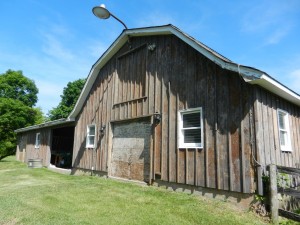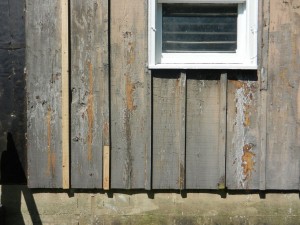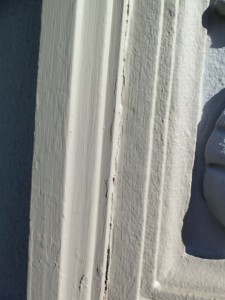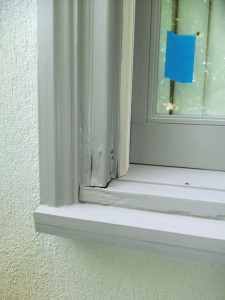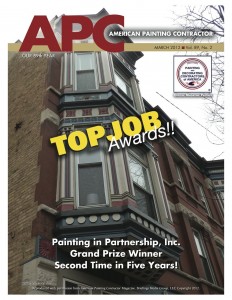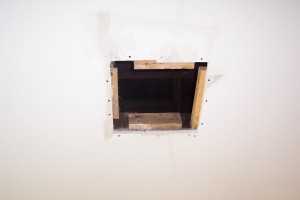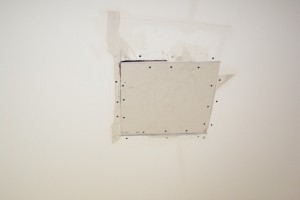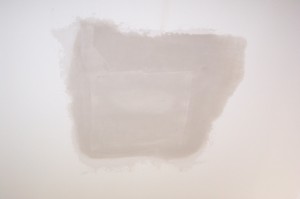As house painting contractors in the Chicago area, we are often called to refinish wood front doors and wood garage doors. The chief enemies of these wood doors are moisture and the sun. They cause the varnish to crack and flake, which provides an opening for moisture to decay the wood and cause it to rot.
In our most recent wood door restoration project, the varnish and stain had worn off in the lower portions of the doors, exposing the raw wood. Fortunately, our client did not wait too long before calling on us – no rot was detected! In this case, the wood restoration consisted in the stripping of the old finish and the application of three coats of a German tinted varnish. The doors had never been revarnished in the past. They therefore only had a thin layer of varnish, which made the removal process that much easier. In other situations, the doors have been recoated on multiple occasions, often with a brittle marine or spar varnish. The more varnish coats, the more time is required to strip them.
In this last project, by not delaying the door maintenance, our client also avoided expensive epoxy restoration and wood replacement. Because of their location, the doors get at least 6 hours of sun during the day. With such sun exposure, the doors should be cleaned and revarnished every two to three years. By so doing, we avoid having to strip the doors again for a long time, thereby greatly reducing the maintenance cost.
Enjoy your refinished wood doors!







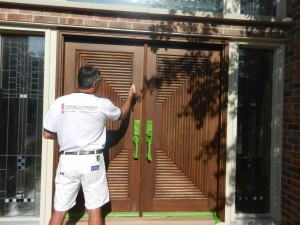
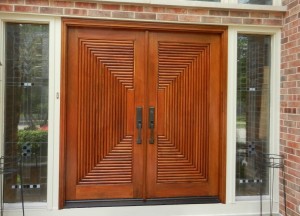
 Follow
Follow

